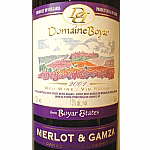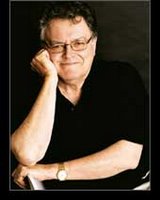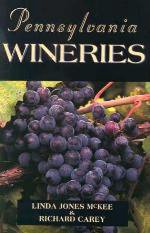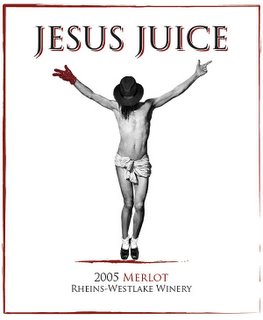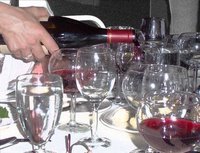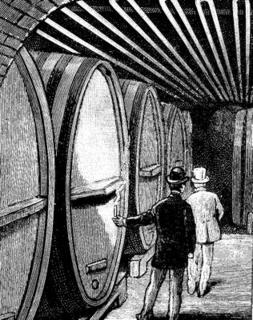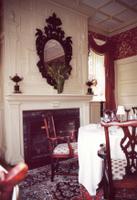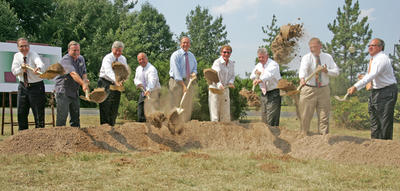
Muddled wine is one thing. Muddled wine legislation is another. And, it seems to be the rule in the US of A.
While most states still are dealing with wading through a thicket of arcane rules on sales, shipment and the like, Michigan wineries (click here for a wine trail connection) now are allowed to ship their products directly to consumers in other states and consumers living in Michigan are allowed to receive items from out-of-state suppliers.
“It opens us up to becoming a national wine industry,” Donald Coe, president of the trade association WineMichigan, said after Gov. Jennifer Granholm signed legislation granting direct-shipping rights.
Coe, managing partner of Black Star Farms in Suttons Bay, MI, told the Associated Press, "I have 60,000 visitors a year, and fully 25 percent of them come from outside Michigan. Many of them have no access to our wines when they get back to their states because we’re such a small winery, we don’t have distribution in those states yet. They now have an opportunity to order the wines from us, and we can ship to them.”
Granholm signed the bills during an appearance in Traverse City, heart of northern Michigan wine country. Twenty of the state’s 42 wineries are in Grand Traverse and Leelanau counties. Michigan’s $75 million industry ranks ninth in the country in wine grape production, with a combined 1,300 acres.
The Supreme Court this year struck down Michigan’s policy of allowing only in-state wineries to ship directly to Michigan residents, saying it gave them an unfair competitive advantage. Under the new laws, any winery can send up to 1,500 cases a year to Michigan residents. But the laws continue to require out-of-state wineries to use a wholesaler to get their wines to Michigan restaurants and retailers, while in-state wineries can sell directly to those establishments.
To Dowd's Spirits Notebook latest entry.
To Dowd's Wine Notebook latest entry.
To Dowd's Brews Notebook latest entry.
Back to Dowd's Bar Blog home page.
